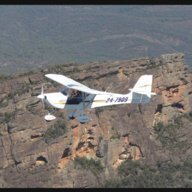-
Posts
493 -
Joined
-
Last visited
-
Days Won
4

dsam replied to VoodooForce's topic in Aircraft Incidents and Accidents

dsam replied to VoodooForce's topic in Aircraft Incidents and Accidents

dsam replied to Downunder's topic in AUS/NZ General Discussion

dsam replied to planedriver's topic in AUS/NZ General Discussion

dsam replied to planedriver's topic in AUS/NZ General Discussion

dsam replied to planedriver's topic in AUS/NZ General Discussion

dsam replied to dsam's topic in Aircraft Incidents and Accidents

dsam replied to Phil Perry's topic in AUS/NZ General Discussion

dsam replied to red750's topic in Aircraft Incidents and Accidents

